The female Somali runners aiming to break more than records
‘Run and beat the boys with the skinny legs!’ urges a woman decked in a brown jilbab. Abdi Latif Dahir meets the women competing to push cultural boundaries in male-dominated Somaliland
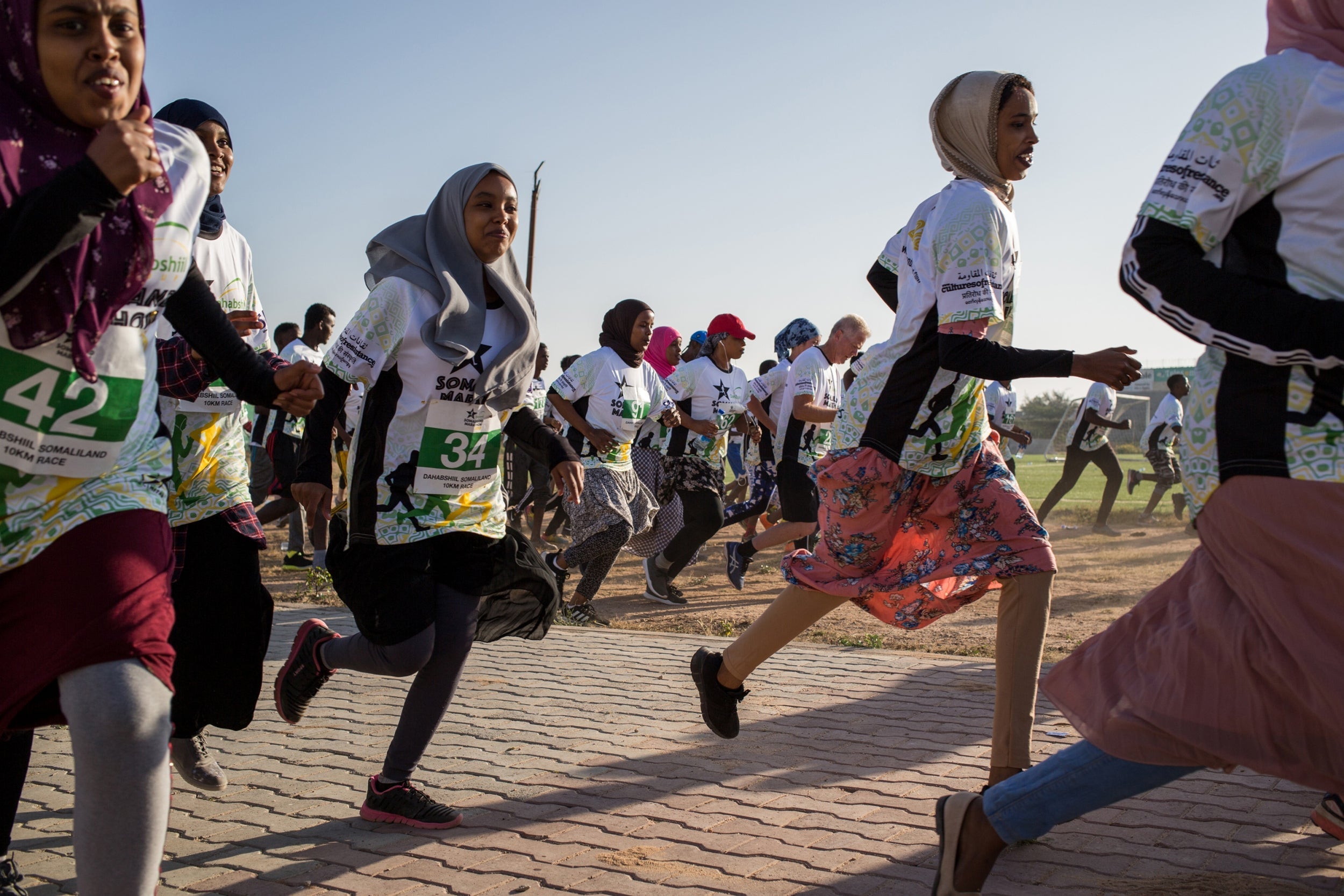
“Why can’t you just stay at home?” shouts a man at two young female runners as they dart by on the racecourse – wearing long skirts, arm-covering T-shirts and running tights in the 90-degree heat. He is not the only person jeering at the women running in this 10km race, part of an annual event that includes a marathon, where more than 250 of the 320 contestants this year are men. But some spectators have kinder words.
“Run and beat the boys with the skinny legs!” urges a woman decked in a brown jilbab, a traditional loose-fitting robe, as a different pair of women sprint past. All the female runners are dressed in line with Muslim practice in the region, which calls for most of a woman’s body to be covered.
The marathon began two years ago as a fundraiser for education in Somaliland, which declared independence from Somalia in 1991, creating its own parliament, currency and flag. The breakaway region, in the northwest of Somalia, is not recognised internationally. But in contrast to areas in the south, which are plagued by clan infighting and terrorism, Somaliland is an oasis – attracting tourists, hosting a prominent literary festival and even enticing multinationals like Coca-Cola. The running events are part of this cultural and commercial outreach, with athletes from all over the world participating. This year, runners from 16 nations came to Hargeisa, the region’s capital, to take part.
Each year, more and more Somali women have been competing, though only in the 10km event. The increased participation reflects how life is changing, albeit slowly, for women here. In Somaliland’s male-dominated society, government, business and the media are still the almost exclusive preserve of men. Women are twice as likely as men to be unemployed and less likely to reach higher levels of education, and they face persistent obstacles in winning elections, according to a study published last year. Still, in recent years there have been hints of change, with women becoming doctors, entrepreneurs, teachers and human rights activists. And some are running.
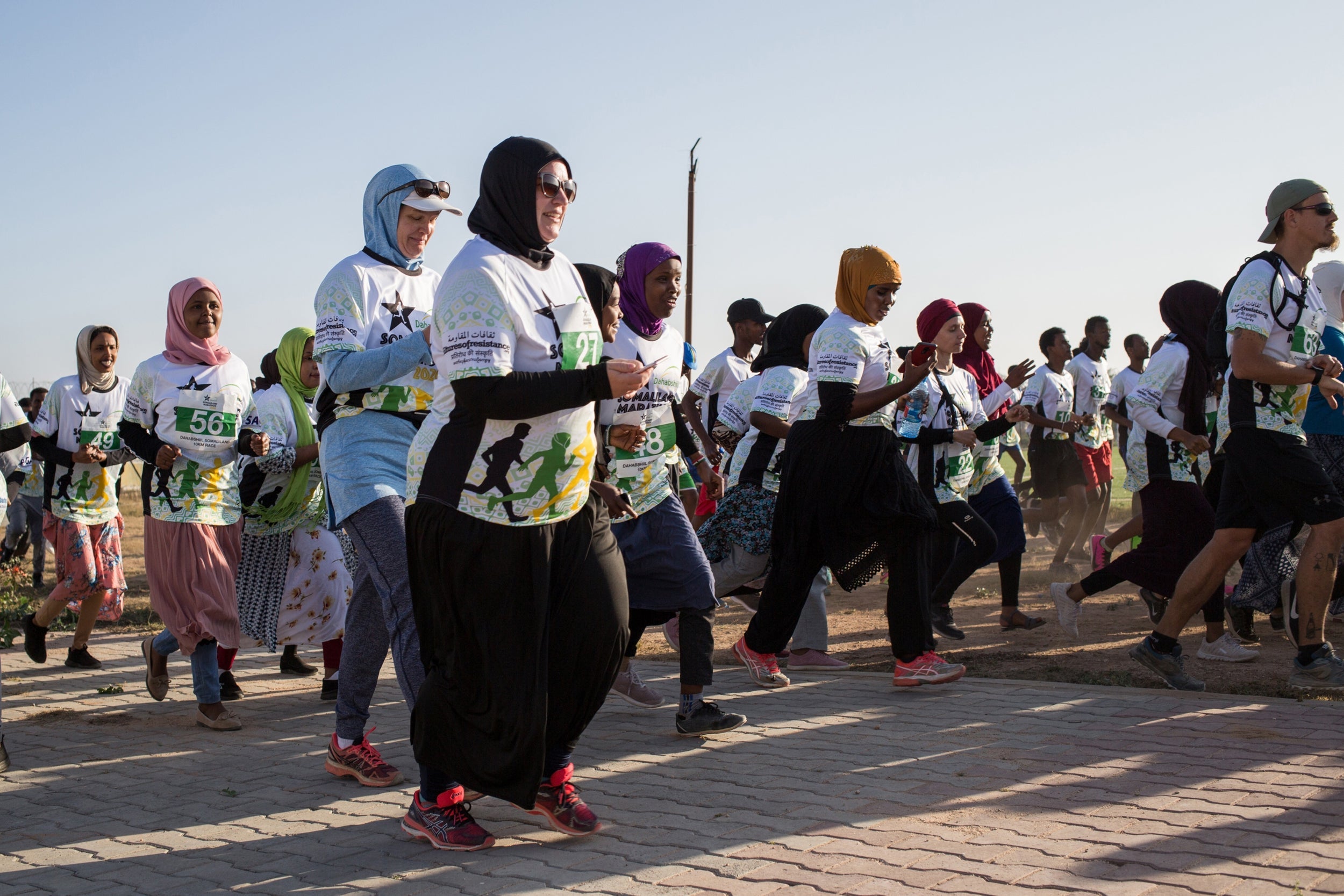
Hana Mukhtaar, 17, runs each morning at dawn on the outskirts of Hargeisa, usually with a teenage friend. There are barely any sidewalks, let alone running tracks. But by leaving the city proper, they avoid the traffic that clogs its sandy roads, where donkey carts and SUVs jostle for space. Goats and sheep wander aimlessly, and the city’s minarets and colourful corrugated roofs appear in the distance. Here, the young women don’t have to withstand the stare and taunts from the men and some women who disapprove. “When I run, I feel strong and free,” says Mukhtaar, who won the 10km run this year and last.
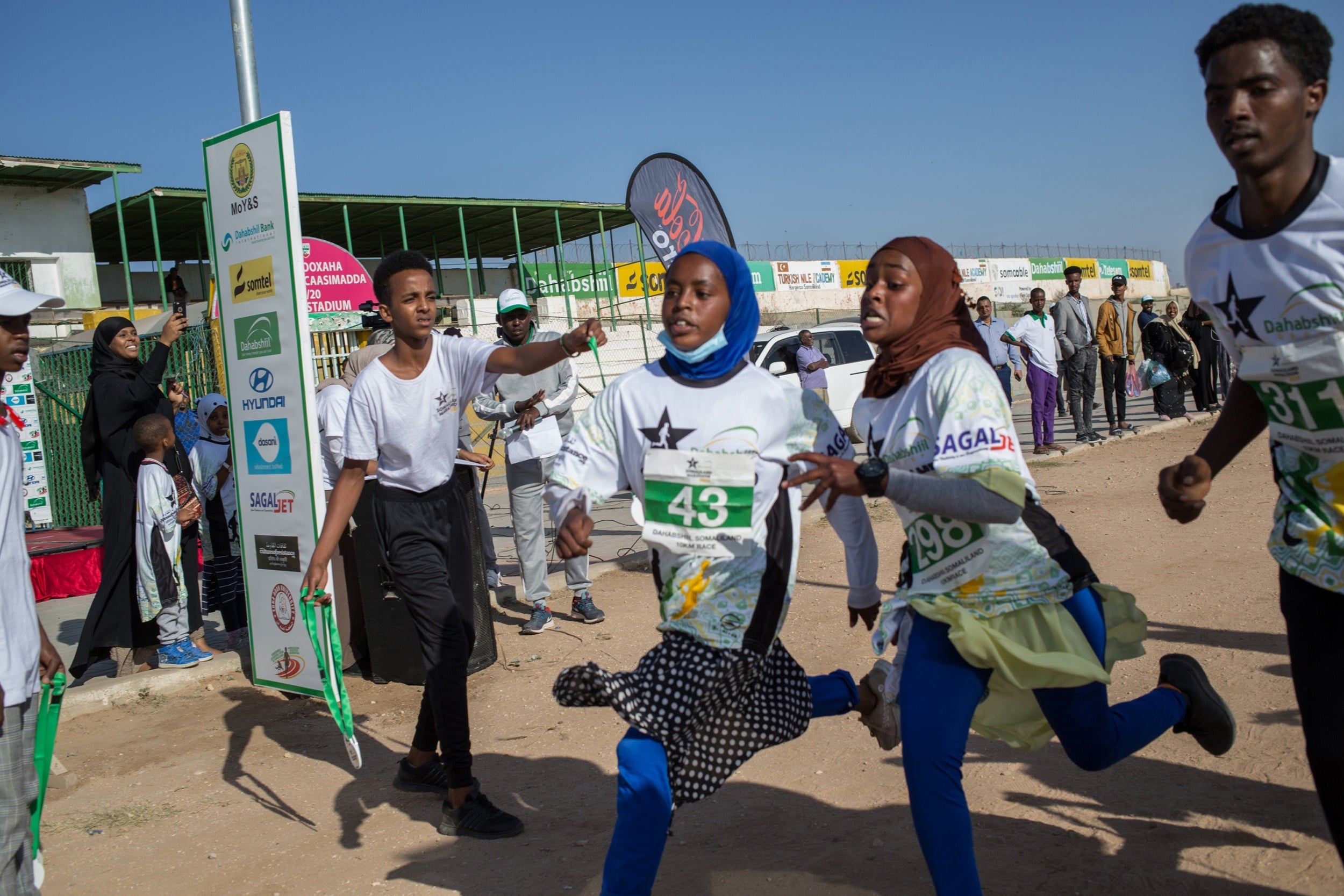
With 1 million people, Hargeisa has grown over the past few years. Shopping centres, apartments and hotels have sprung up. New restaurants, serving camel steak and sweet and creamy tea, have opened, along with cultural centres offering live music and dance. The city centre bustles with activity, as traders sell spices and frankincense next to vendors with textiles imported from China. Money changers with wads of cash sit under billboards advertising telecom companies promising cheap data and international call rates.
Asma Dhamac, a psychologist and mental health advocate, also likes to run with friends outside the city in the early hours of the day, taking advantage of the cooler morning air. Even amid the acacia trees and quiet roads, she says they still sometimes encounter people who chide them. “They would say: ‘Women are not allowed to run or wear trousers. You will become barren,’” says Dhamac, who competed in the 10km race this year. Comments like this do not seem to be making much of an impression, though, on Somali women.
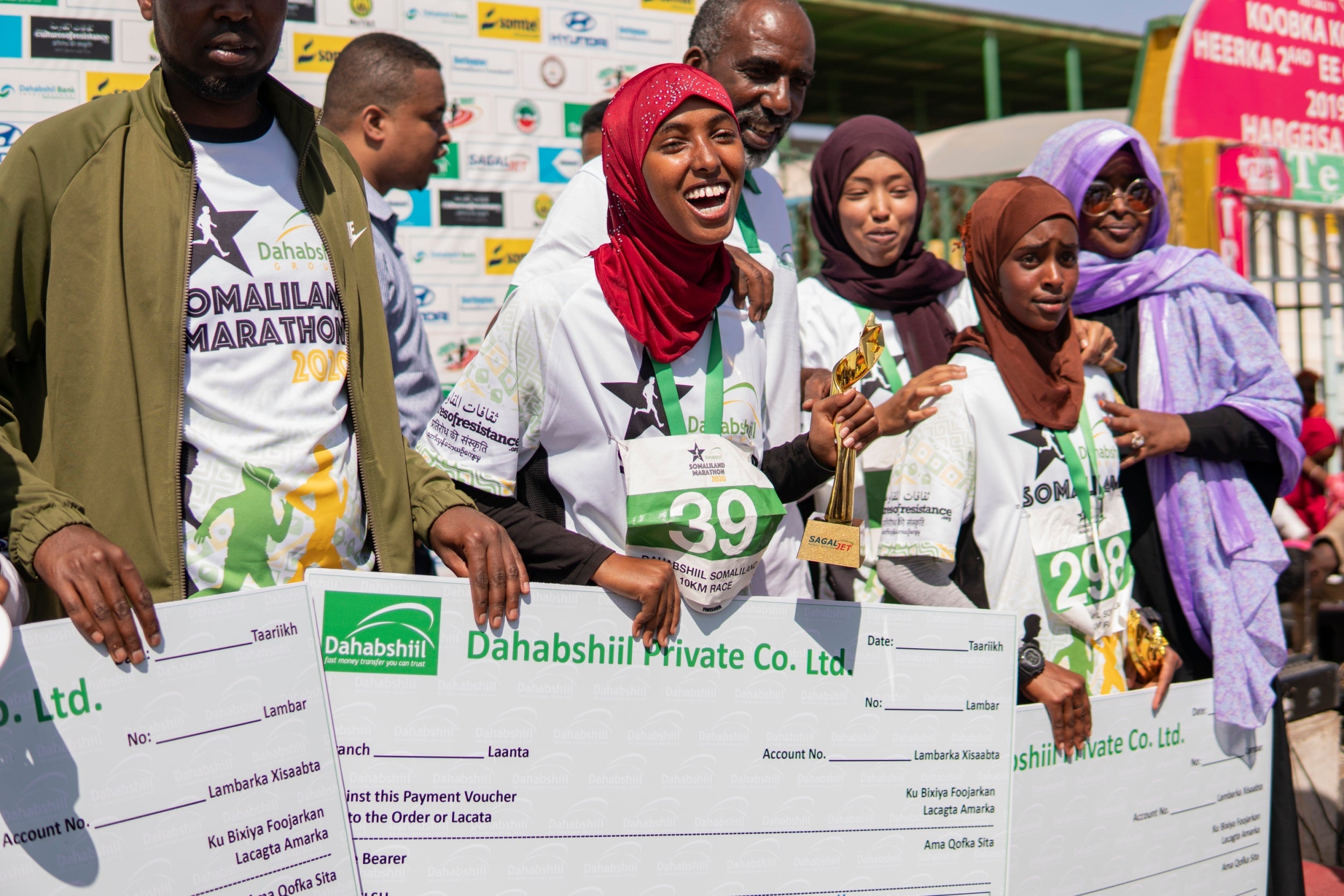
In 2018, the first year of the event, only 13 women competed in the 10km race, and only five of those were Somali. This year, 55 Somali women ran in the event, out of 63 female competitors. Edna Adan, a former foreign minister in Somaliland and a pioneer activist in the struggle to end female genital mutilation, sees this as an important sign. A former runner herself, the 82-year-old Adan, founder of a respected maternity hospital, says it’s important to remind Somali female runners that what matters is the training and preparation they do, and that they have the ability to keep up with women of different countries.
The race is about reminding young girls that their gender or nationality isn’t “a handicap” to their success, Adan says.
At this year’s 10km race, it seems the women are finding support in each other. The competition begins at 7.30am in the Hargeisa Stadium. The women jostle against one another, running on the grass carpet of the arena before hitting the labyrinthine streets and alleys of the city, where tea shops and kiosks are just opening.
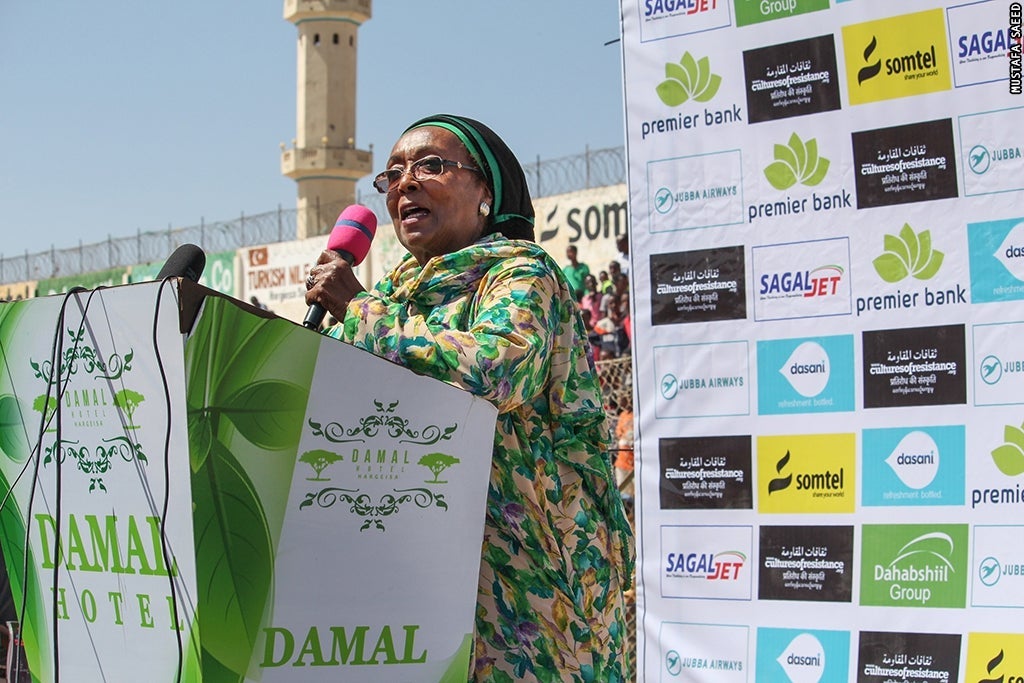
Throughout the relatively flat route they run in pairs, sometimes pulling each other by the hand, and encouraging one another to keep going even after some have given up and started walking a few kilometres in. Women in Hargeisa who are interested in sports are finding outlets besides the marathon. One is the Lions Women’s Football Initiative – an informal soccer league that also offers training for women in self-defence and running, along with workout and nutrition guidance.
Just a few months after it started in 2016, dozens of young women came to train and run at a private pitch rented by its founders, Asma Saed and Savannah Simons, who both work for the marathon. That, Simons says, showed “a genuine need for sporting participation”. Grandmothers and children come to watch the teenagers work out every week. In the beginning, says Simons, a British national, so did young boys, who crowded the gates or got on the walls around the pitch to peer and jeer at the women. They are no longer doing that.
“It’s slowly becoming normal to see a girl running,” she says. Other spaces dedicated to women’s swimming, yoga, basketball and taekwondo have sprung up in the past two years in Hargeisa. Many young women are also forming groups and exercising before going to work or after they leave university, says Marwa Mawliid, a soccer coach at Hargeisa’s Ubah Inspire and Fitness Centre.
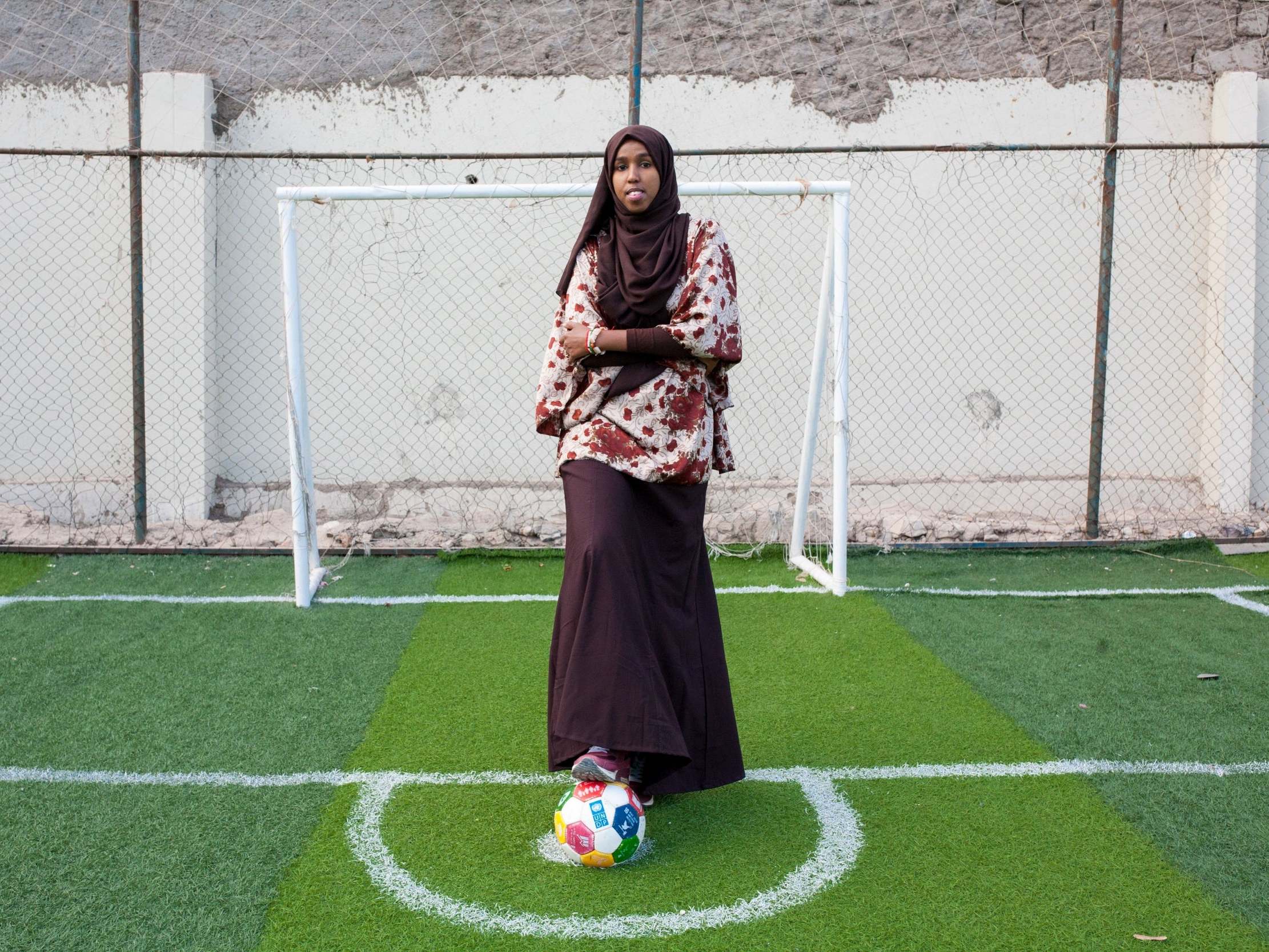
When the centre was established in 2017, “people thought we were crazy,” Mawliid says. “They would ask: ‘Why do you need to be fit? Why do you need to run? Are you men?’” she says. “Many people don’t understand that a healthy mind is in a healthy body.”
Many say it will take time before a full cultural shift supporting female running takes root. But Mukhtaar, the 17-year-old runner, isn’t waiting. Next year, she’s aiming to become the first Somali woman to compete in and finish the marathon itself. And her ambitions after that: “I want to run for my country,” she says. “I want to compete on the global stage.”
© The New York Times
Join our commenting forum
Join thought-provoking conversations, follow other Independent readers and see their replies
Comments
Bookmark popover
Removed from bookmarks